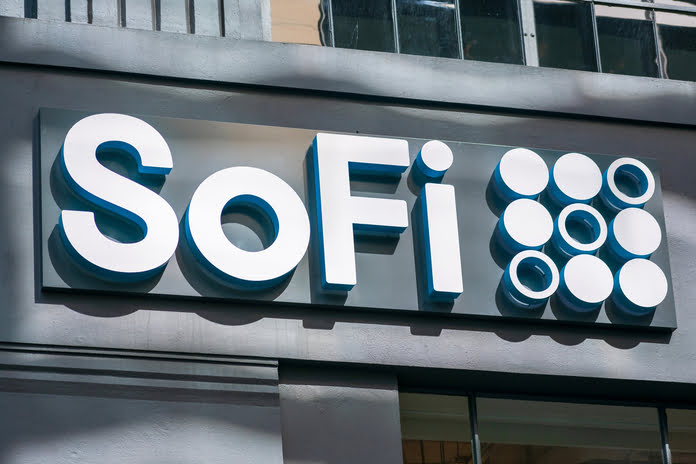Upon initial examination, SoFi Technologies (NASDAQ:SOFI) appears to be on an upward trajectory. The standout feature is the remarkable performance of SOFI stock. Since the start of the year, its shares have surged, doubling in value. Over the past year, SOFI has seen a gain of slightly over 54%, signaling a potential turnaround after a rocky initial public offering.
Now, SoFi has taken a significant step by participating in the underwriting of the Instacart IPO, marking its entry into the traditional IPO market. Previously, SoFi had been involved in public market debuts only through special purpose acquisition companies (SPACs).
For a fintech specialist like SoFi, this decision is substantial. Although best known for student loan refinancing, this venture comes with tail risks, such as the impact of unforeseen events like the COVID-19 pandemic and the subsequent student loan moratorium, which could affect its revenue.
Participating in a traditional IPO could enhance SoFi’s reputation and solidify its position as a full-service financial institution rather than just a fintech specialist. However, it’s not without its risks. Typically, high-profile IPOs are underwritten by established industry giants, raising questions about what SoFi offered to secure a role in the deal, as suggested by Morningstar analyst Michael Miller.
The question remains: will this risk pay off for SOFI stock? Options traders provide some insights, although they aren’t giving unequivocally reassuring signals.
SOFI Stock and Unusual Options Activity
After the close of the September 12 session, SOFI stock stood out in Barchart’s screener for unusual stock options volume. Total volume reached 129,852 contracts against open interest of 2.03 million contracts. The delta between the Tuesday session volume and the trailing one-month average was 10.16%.
Breaking down the transactions, call volume totaled 83,173 contracts against put volume of 46,679 contracts, resulting in a put/call volume ratio of 0.56, indicating bullish sentiment. The put/call open interest ratio also sits at 0.67, implying optimism.
However, these ratios should be interpreted with caution. While many traders are optimistic about SOFI stock, others are pessimistic, as evident in the implied volatility (IV) curve of SoFi derivatives.
Implied Volatility and Risk Mitigation
Implied volatility (IV) is akin to a batter’s performance statistics in different game situations in baseball. A spike in IV at certain strike prices suggests traders are accounting for and mitigating tail risk. This means that while many are optimistic about SOFI stock, they are also preparing for unexpected events.
Notably, the IV curve shows rising IV at both the low and high extremes of strike prices. This implies that traders are not only optimistic but also hedging against potential risks.
Analysts Views on SOFI
Adding complexity to SOFI stock are analysts’ assessments. Wall Street’s opinion is mixed, with a consensus hold rating consisting of five strong buys, seven holds, one moderate sell, and three strong sells. This rating has deteriorated over the past quarter.
Three months ago, SOFI stock enjoyed a moderate buy consensus, comprising six strong buys, five holds, and one strong sell. The current rating score of 3.19 represents only a marginal improvement from a month ago when it was rated at 3.07.
Moreover, the median price target of $9.86 suggests less than 10% upside potential. While the high-side target is $16, signifying substantial growth, the lowest target is $3, indicating a potential loss of nearly 67%.
In conclusion, both institutional and retail investors are placing their bets on SOFI stock according to their risk assessments. Given the cautious stance of many institutional investors, retail investors should approach SOFI stock with care.
Featured Image: Megapixl













